In the realm of avian reproduction, most birds produce multiple eggs each breeding season, ensuring the continuation of their species through sheer numbers. However, amidst this common reproductive strategy stands a remarkable exception – a bird that invests all its parental resources into just a single egg annually. This extreme reproductive specialization represents both an evolutionary marvel and a conservation challenge. When a species produces just one offspring per year, each individual becomes critically important to population stability. Environmental changes, habitat destruction, and human interference that might be manageable for more prolific species can push these specialized birds toward extinction. This article explores the fascinating biology, ecological significance, and urgent conservation needs of these remarkable single-egg specialists, examining why their unique reproductive strategy now places them at significant risk in our rapidly changing world.
The Albatross: Masters of the Single-Egg Strategy
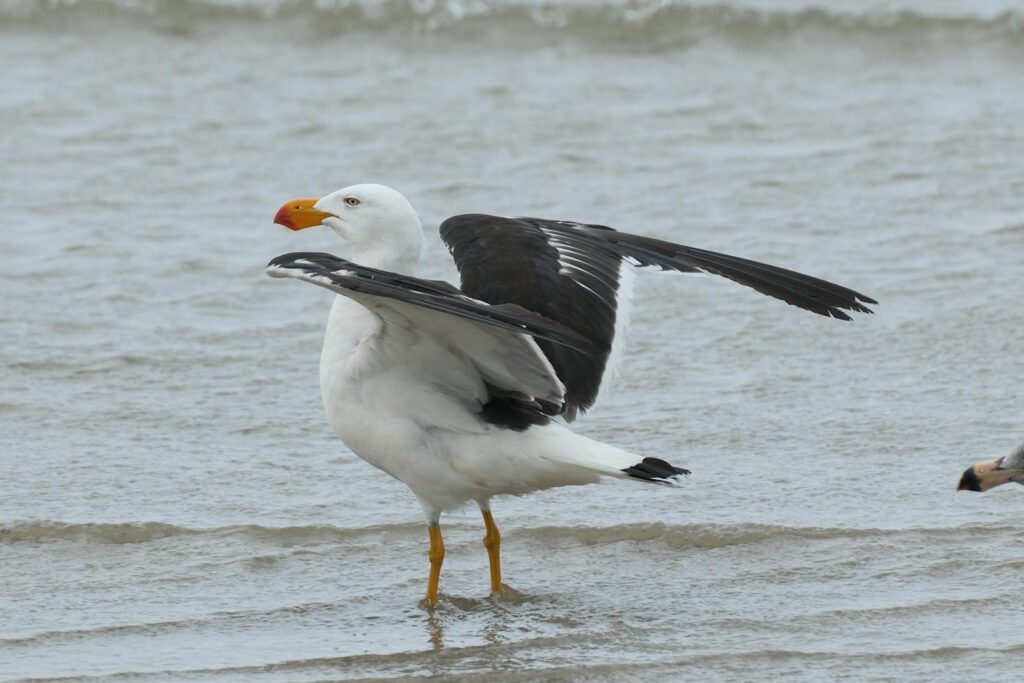
Among the most famous practitioners of the single-egg strategy are the albatrosses, magnificent seabirds with the largest wingspans in the avian world. These oceanic wanderers including species like the Wandering Albatross and the critically endangered Tristan Albatross, typically lay just one egg every one to two years. The female albatross invests tremendous energy into producing this single egg, which represents nearly 10% of her body weight. Both parents then engage in one of the longest chick-rearing periods in the bird world, sometimes exceeding a full year of dedicated care and feeding. This extreme parental investment strategy evolved in response to the harsh oceanic environment where albatrosses spend most of their lives, allowing them to produce fewer but exceptionally well-prepared offspring.
Evolutionary Logic Behind the Single-Egg Strategy
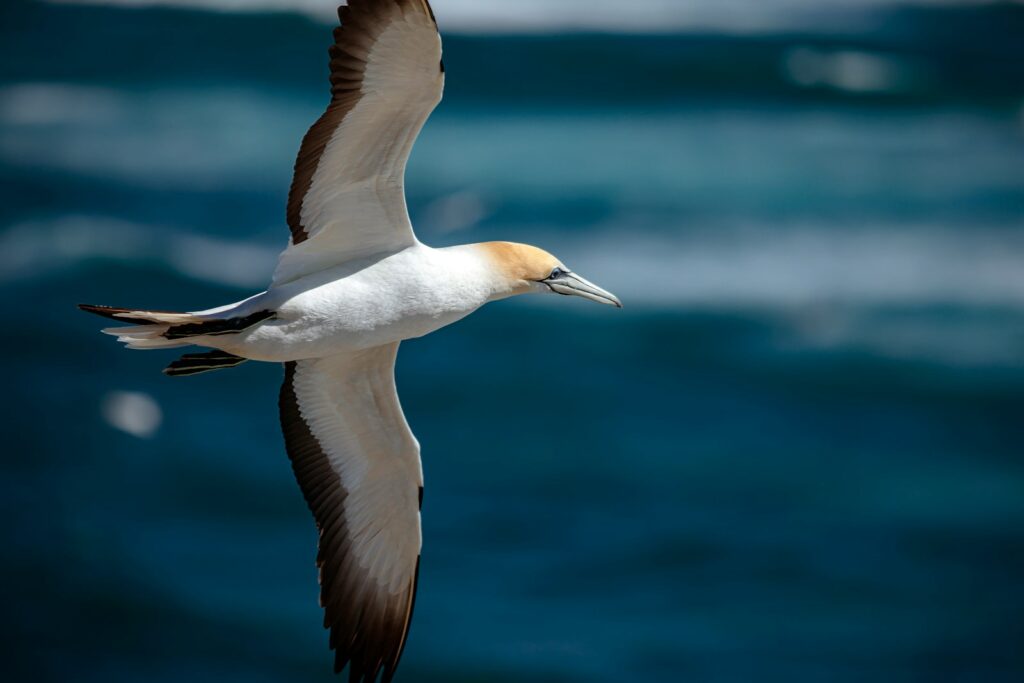
The single-egg reproductive strategy represents a classic example of K-selection in evolutionary biology, where species invest heavily in fewer offspring that have better survival prospects. For birds like albatrosses and some eagles, this approach evolved in response to specific ecological pressures including limited food resources, predation risks, and challenges in their nesting environment. By concentrating all parental resources on a single offspring, these birds can provide extended care, protection, and feeding that substantially increases the chick’s chances of reaching adulthood. The strategy proves particularly advantageous for long-lived species that might have decades of reproductive opportunities ahead of them. Natural selection has favored this approach in environments where juvenile mortality would be extremely high without intensive parental investment, effectively trading quantity for quality in offspring production.
Physical and Metabolic Demands of Large Egg Production
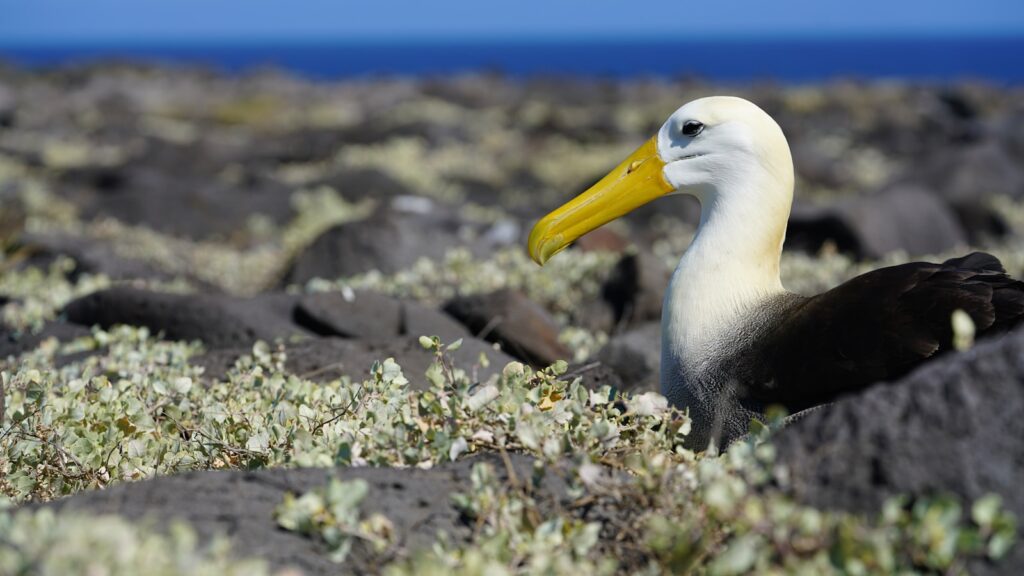
The physiological toll of producing a single, extraordinarily large egg represents a significant biological investment for these specialized birds. For the female albatross, egg formation requires extensive calcium mobilization from her bones and elevated protein synthesis that dramatically increases her metabolic demands. The egg itself contains proportionally more yolk than those of many other bird species, providing essential nutrients to support the developing embryo during its lengthy incubation period. This process depletes the female’s energy reserves so substantially that in many single-egg species, reproduction becomes impossible in consecutive years without adequate recovery time. The metabolic costs continue after laying, as parents must maintain their own body condition while engaging in extended incubation shifts that can last weeks without feeding, representing one of nature’s most demanding examples of reproductive physiology.
Extended Parental Care and Its Consequences
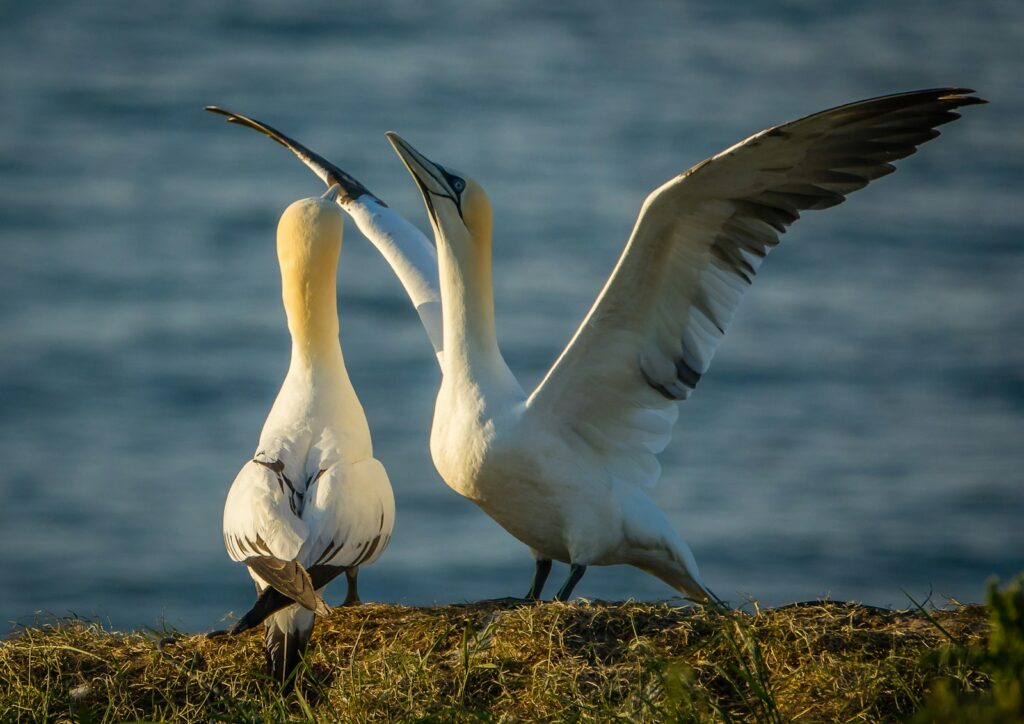
Single-egg specialist birds typically demonstrate extraordinarily prolonged parental care periods that far exceed those of more prolific species. Albatross chicks, for instance, may remain dependent on their parents for more than 9 months after hatching, receiving regular feedings even as they grow to adult size. This extended dependency period allows young birds to develop the complex skills needed for independent survival including flight proficiency, foraging techniques, and predator recognition. The significant energy investment continues throughout this period, with parents sometimes traveling thousands of miles on feeding trips to provision their single offspring. This extended commitment means that any disruption – from food shortages to habitat disturbance – can jeopardize not just the current breeding attempt but potentially the parents’ ability to breed in subsequent seasons, creating a compounding effect on population decline.
Climate Change Impacts on Breeding Cycles

Climate change presents a particularly acute threat to birds with single-egg reproductive strategies by disrupting the environmental cues and conditions upon which their precisely timed breeding cycles depend. Rising ocean temperatures and changing weather patterns alter food availability and distribution, sometimes creating a mismatch between peak prey abundance and the critical chick-rearing period. For albatrosses and other oceanic single-egg specialists, increasingly frequent and severe storms associated with climate change can destroy nests, kill chicks, or prevent parents from returning to feed their offspring. The intensification of El Niño/La Niña cycles has particularly devastating effects on species like the Waved Albatross, which times its single annual egg to hatch when oceanic conditions historically provided optimal feeding. With limited reproductive output already, these species cannot compensate for increased breeding failures caused by climate disruption.
Fisheries Bycatch: A Leading Threat
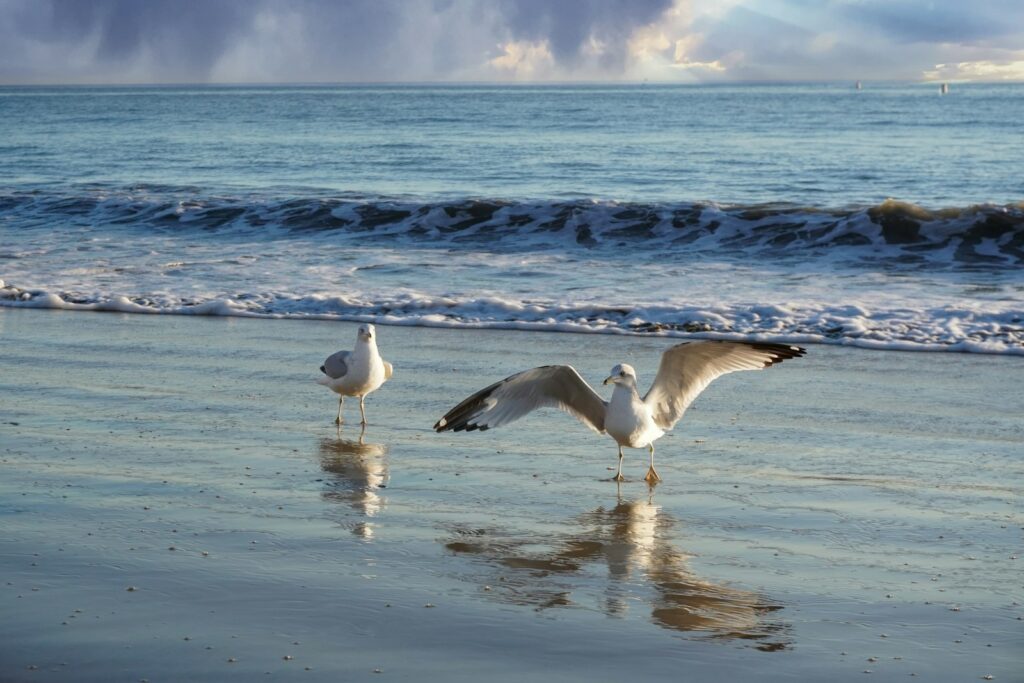
Commercial fishing operations represent one of the most significant direct threats to many single-egg specialists, particularly seabirds like albatrosses and petrels. These birds are attracted to fishing vessels where they attempt to scavenge bait or discarded fish, often becoming hooked on longlines or entangled in nets and drowning as a result. The annual death toll from fisheries bycatch reaches into the tens of thousands for albatrosses alone, with particular impact on species from the Southern Ocean. The loss of adult birds proves especially devastating for single-egg species, as each individual might represent decades of future reproductive potential. Progressive fisheries management techniques including bird-scaring lines, night setting of hooks, and weighted lines, have proven effective at reducing bycatch mortality where implemented, but remain inconsistently adopted across global fishing fleets.
Invasive Predators on Breeding Islands
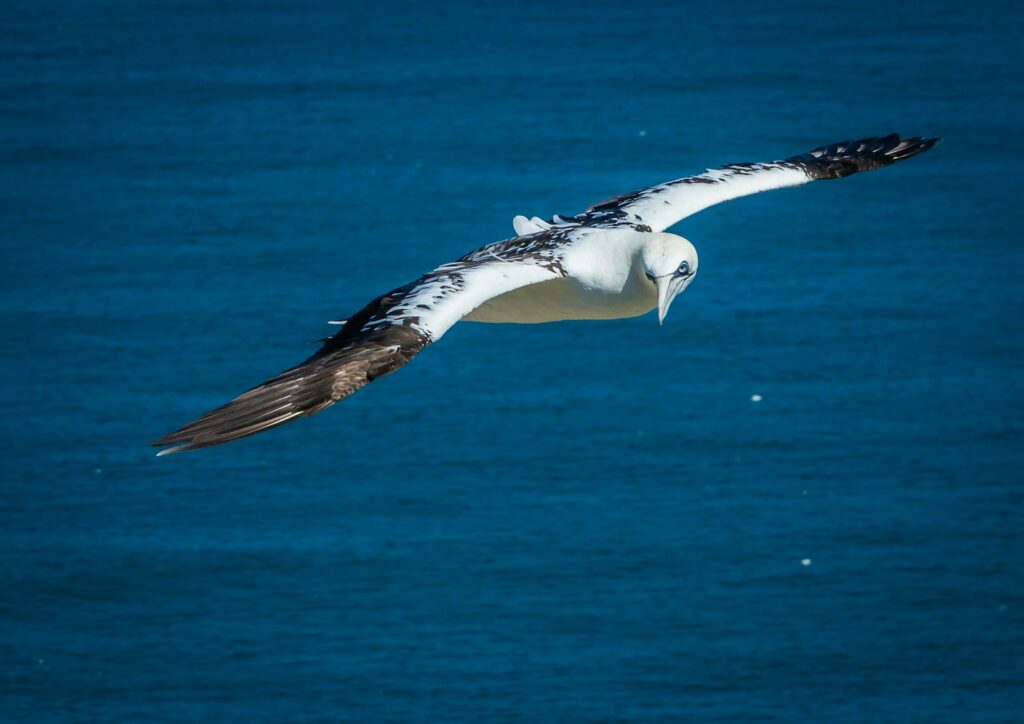
The introduction of non-native predators to remote breeding islands has devastated populations of many single-egg specialist birds, which often evolved in environments without mammalian predators. Rats, cats, mice, and other introduced mammals prey directly on eggs and chicks or, in some remarkable cases like on Gough Island, attack and kill even adult nesting birds. The Amsterdam Albatross, which numbers fewer than 100 individuals and lays its single egg on isolated Amsterdam Island in the southern Indian Ocean, faces serious threats from introduced cattle that destroy nesting habitat. For birds that produce just one egg annually, even modest predation rates can drive population declines, as these species lack the reproductive capacity to quickly recover from such losses. Ambitious predator eradication programs on islands like South Georgia have shown promising results for recovering seabird populations, demonstrating that targeted conservation efforts can be effective.
The Habitat Specialization Challenge
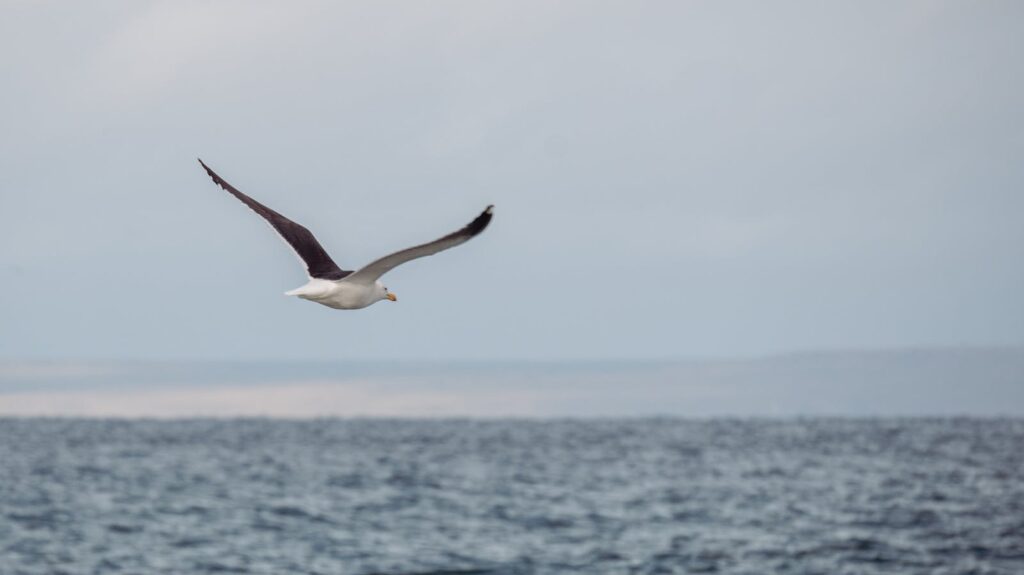
Many single-egg specialists face additional risks due to their highly specialized habitat requirements, particularly for nesting sites. The California Condor, which lays a single egg every other year, requires specific cliff formations for nesting, while Hawaiian Petrels need high-elevation, undisturbed slopes on just a few islands. This habitat specialization means that even localized environmental disturbances can have disproportionate impacts on breeding success. For colonial nesting species like many albatrosses, which return to the same breeding sites year after year, habitat degradation at these critical locations can affect large segments of the total population simultaneously. The limited distribution of suitable breeding habitat also means these species have few alternative sites available should current locations become compromised by development, invasive species, or climate-related changes like sea level rise affecting coastal nesting areas.
Population Recovery Challenges
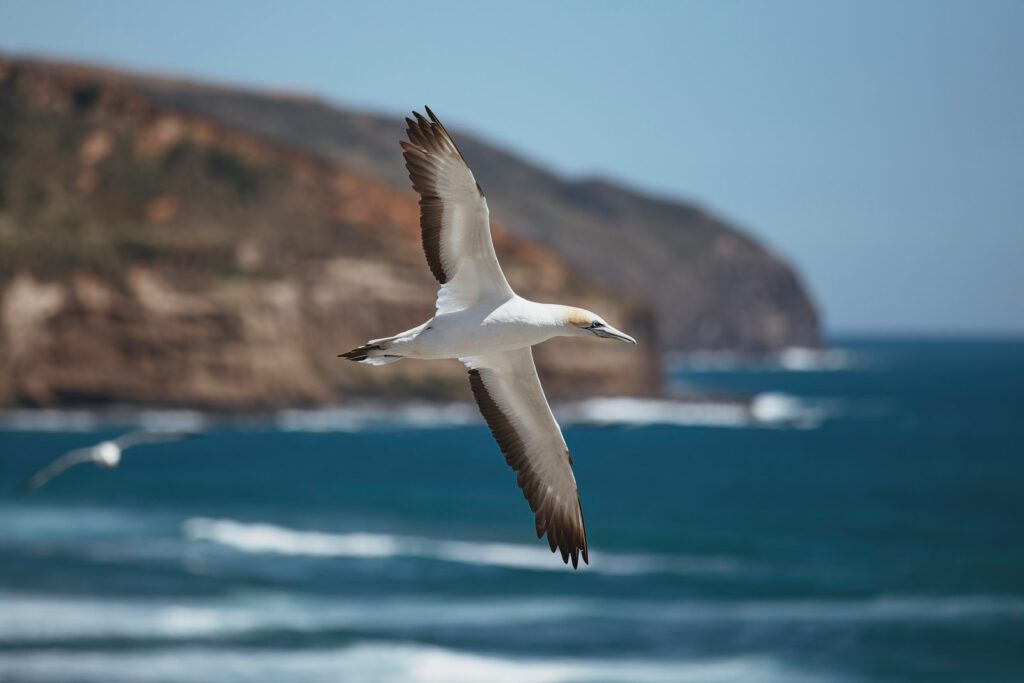
The slow reproductive rate inherent to the single-egg strategy creates extraordinary challenges for population recovery once declines begin. Mathematics works against these species: even with perfect breeding success, a population of single-egg specialists can only increase by a maximum percentage equal to half their adult survival rate minus mortality. For context, while a rodent population might increase tenfold in a single year, an albatross population growing at its theoretical maximum might take decades to double. This slow recovery potential makes these species particularly vulnerable to even moderate levels of adult mortality from threats like fisheries bycatch or pollution. Conservation success stories like the recovery of the Chatham Island Taiko, which lays a single egg annually, demonstrate that intensive management can reverse declines, but require extraordinary effort, resources, and time compared to more prolific species.
Conservation Success Stories
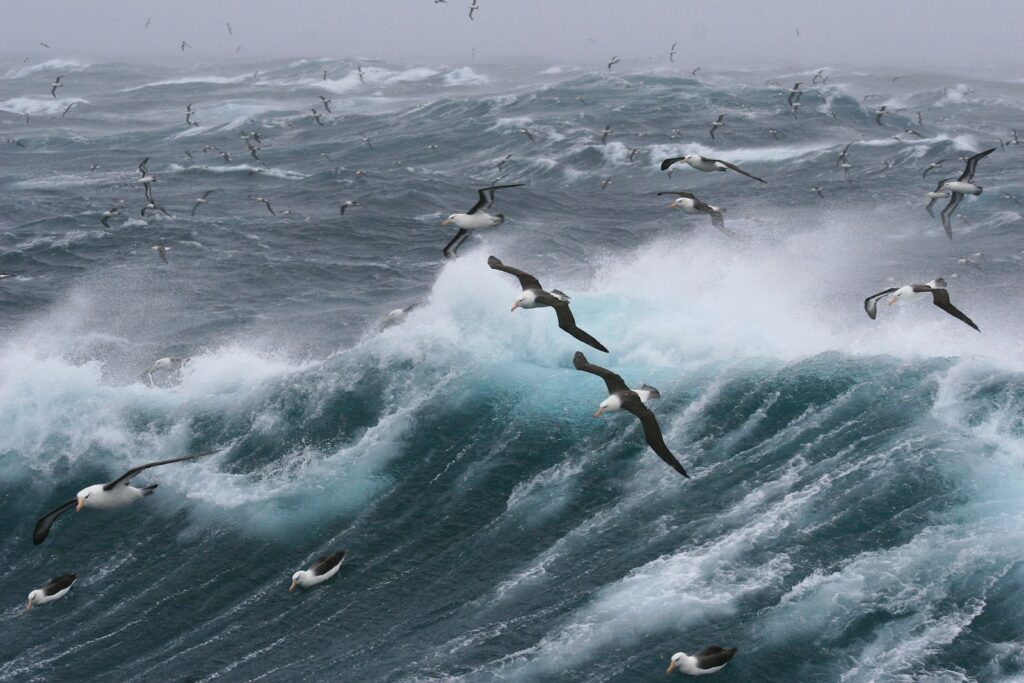
Despite the significant challenges facing single-egg specialists, several notable conservation successes provide hope and valuable lessons for protecting these vulnerable birds. The California Condor, which teetered on the edge of extinction with just 27 individuals remaining in 1987, has slowly recovered through intensive captive breeding programs, reintroduction efforts, and lead ammunition regulations that address a primary mortality cause. The Short-tailed Albatross population has grown from near extinction to over 4,000 birds today through rigorous protection of its breeding islands and international efforts to reduce fisheries bycatch. New Zealand’s Black Robin, which lays a single egg, recovered from just five individuals (including a single breeding female) through innovative conservation techniques including cross-fostering of eggs. These success stories demonstrate that with sufficient commitment of resources, scientific understanding, and international cooperation, even the most threatened single-egg specialists can recover from the brink of extinction.
Technological Innovations in Conservation
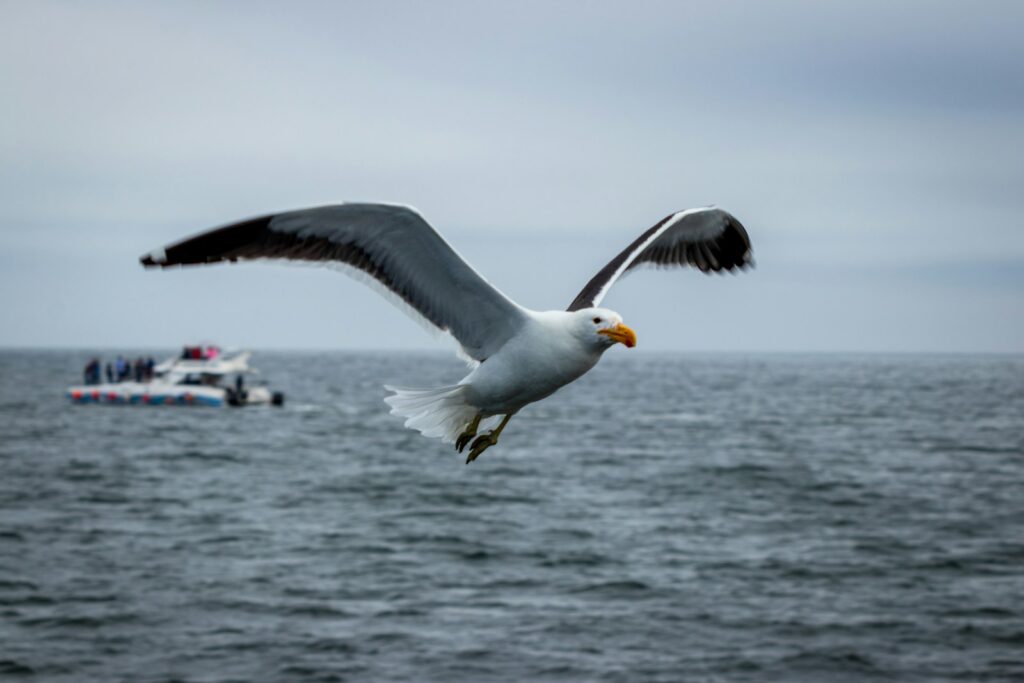
Advanced technologies are increasingly playing crucial roles in the conservation of single-egg specialists, enabling more effective monitoring and protection efforts. Satellite tracking devices have revolutionized our understanding of albatross movements at sea, allowing researchers to identify critical foraging areas and overlap with fishing activities that present bycatch risks. Sophisticated surveillance systems using remote cameras now monitor breeding colonies continuously, detecting threats from predators and providing real-time data on reproductive success without human disturbance. Drone technology enables surveys of previously inaccessible nesting sites, while environmental DNA sampling helps detect the presence of both the target species and potential invasive predators. Genetic techniques including genomic analysis, offer new insights into population structure and vulnerability, helping conservationists prioritize protection for genetically distinct populations and identify individuals with the greatest potential contribution to genetic diversity in recovery programs.
International Protection Efforts
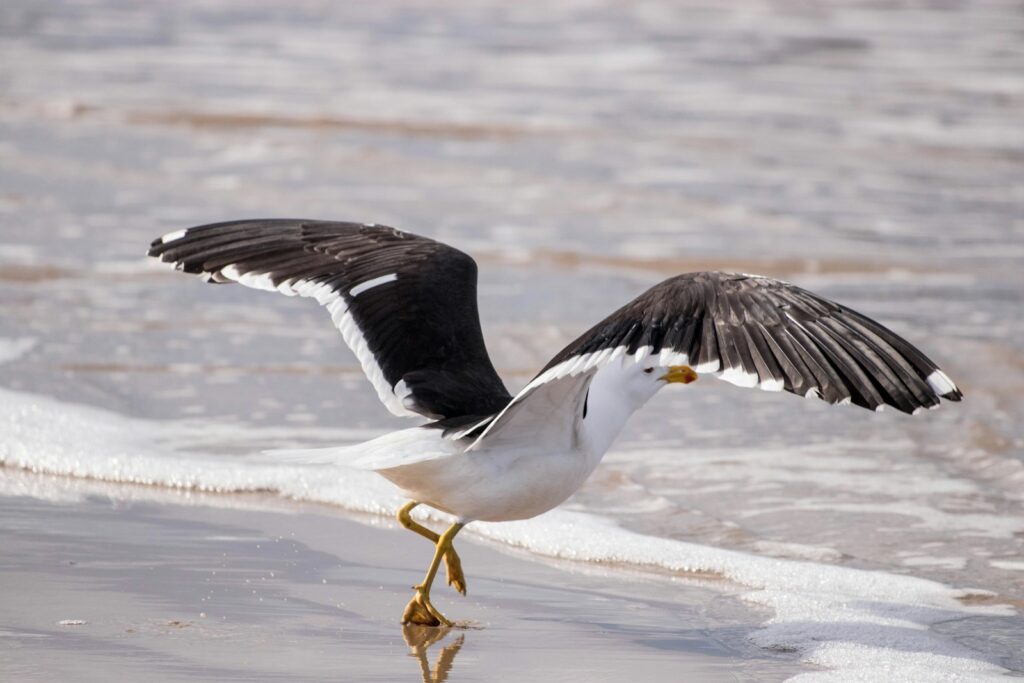
The wide-ranging nature of many single-egg specialists, particularly seabirds that may traverse multiple national jurisdictions during their lives, necessitates international cooperation for effective conservation. The Agreement on the Conservation of Albatrosses and Petrels (ACAP), which entered into force in 2004, represents one of the most important frameworks for protecting these birds, with 13 member countries committed to reducing threats throughout their range. Regional Fisheries Management Organizations increasingly implement bycatch mitigation requirements, though enforcement remains challenging in international waters. Protected area designations including Marine Protected Areas, offer crucial safeguards for both breeding and foraging habitats, with networks like the Ross Sea Region Marine Protected Area providing vast safe zones for species including the single-egg Antarctic petrels. These international efforts recognize that the conservation of highly mobile, reproductively specialized species requires coordinated action across political boundaries to address the full spectrum of threats throughout their life cycle.
Future Outlook and Call to Action
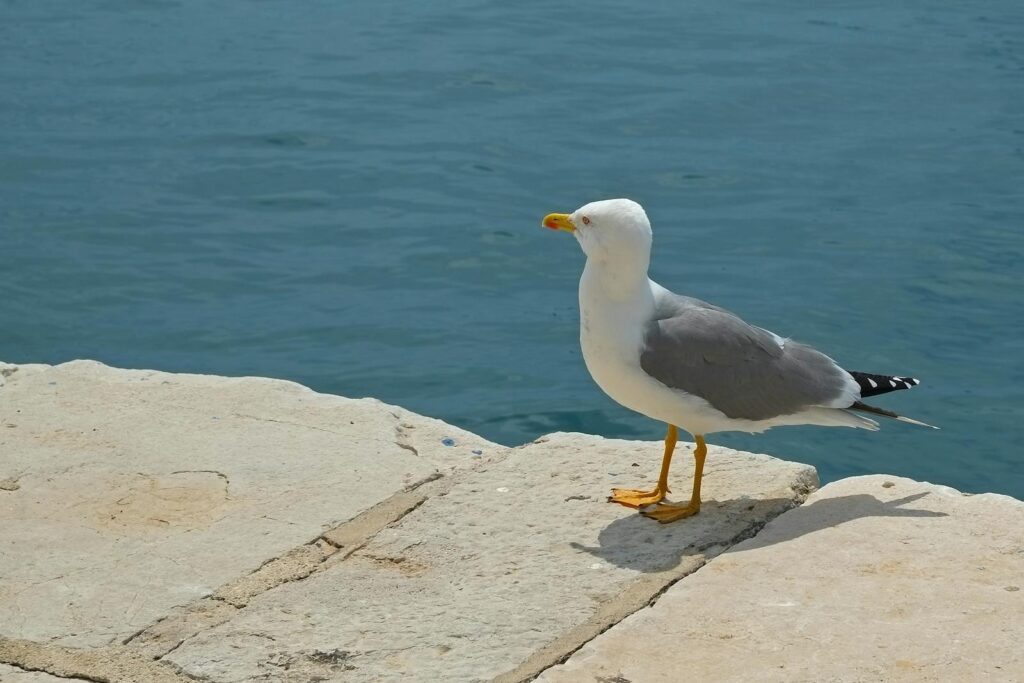
The future for birds with single-egg reproductive strategies hangs in delicate balance, with their fate ultimately dependent on our collective willingness to address both direct threats and broader environmental challenges. Encouragingly, proven conservation techniques exist for most of the major threats facing these species, from fisheries bycatch reduction methods to predator eradication on breeding islands. The implementation of Marine Protected Areas continues to expand globally, offering increased protection for critical foraging areas. However, the acceleration of climate change presents perhaps the most formidable challenge, requiring both targeted interventions for vulnerable populations and global action to reduce carbon emissions. The intimate link between healthy ocean ecosystems and human well-being provides additional motivation for protecting marine single-egg specialists like albatrosses, which serve as sensitive indicators of ocean health. With continued research, adequate funding, international cooperation, and public engagement, we can ensure these remarkable birds continue to soar over our oceans and inspire future generations with their extraordinary life histories and remarkable adaptations.
In closing, the birds that lay just one egg a year embody nature’s diverse reproductive strategies and the delicate balance of life history adaptations. Their specialized approach to reproduction – investing everything in a single offspring – served them well for millions of year,s but now leaves them uniquely vulnerable in our rapidly changing world. As we work to protect these remarkable species, we’re not just preserving biological diversity but also safeguarding living examples of evolutionary ingenuity. Their continued survival will depend on our ability to understand their specialized needs, address direct threats, and preserve the ecological conditions that have shaped their remarkable life histories. The story of these single-egg specialists reminds us that in conservation, as in nature itself, each individual truly matters.
